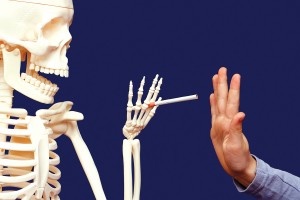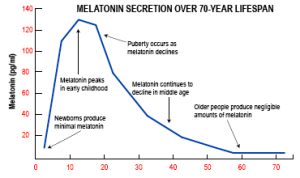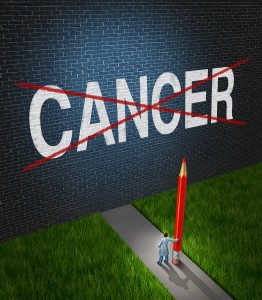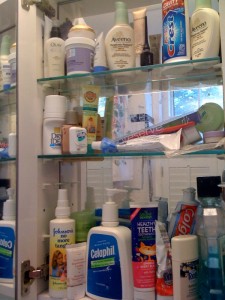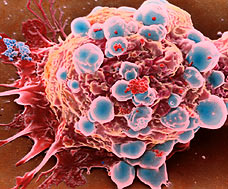There is hardly a child that did not go through the macaroni and cheese phase. Now the maker of the Kraft’s dinner is in the news for their plan of removing artificial coloring and artificial flavors. This in itself is a positive step in the right direction. Although Kraft’s is painting the positive image of being concerned about the food quality for children, I think that the trigger for the change lies in the downward spiral of the sales of junk foods. Kraft’s is not alone with this. McDonald’s has been in the news having to close down franchises and losing business to Chipotle.
Chipotle has a slogan: “whole or nothing”, meaning whole foods, no antibiotics in their meats, everything fresh.
There also has been pressure from the informed consumer. Kraft’s probably responded to the Change.org petition where 365,000 signatures were collected asking Kraft’s to remove dyes from macaroni and cheese.
Kraft did some research and found that it was indeed possible to keep the taste the same, while improving food quality by replacing food coloring with paprika, annatto and turmeric.
Food value of macaroni and cheese
So, let’s assume that this switch will be successful, which itself is positive. But what are kids actually eating? Are noodles (essentially a form of pasta) and processed cheese healthy? What about missing protein, vitamins, vegetables and lettuce?
Macaroni
I have explained before that starchy food is essentially the same as sugar. Would you say that sugar is healthy? No, because it oxidizes LDL cholesterol causing hardening of arteries leading to inflammation in the body and causing the pancreas to produce a whole load of insulin leading to hyperinsulinism with reactive hypoglycemia. This also undermines adrenal gland function causing adrenal fatigue.
Cheese
Since 1993 it is legal for the dairy industry in the US to use bovine growth hormone from Monsanto. And, yes, it is contained in processed cheese that finds its way into the cheese portion of macaroni and cheese. In Canada or Europe cheese does not contain bovine growth hormone, as it is illegal.
Here is a link that states that bovine growth hormone from dairy in the US is one of the causes of breast cancer. Now the Kraft’s macaroni and cheese story takes on a completely different twist: the longer you are exposed to this weak carcinogenic effect of cheese (due to rBGH or rBST) the higher the likelihood of developing breast cancer in girls later in life. In boys a similar glandular tissue is the prostate gland and prostate cancer in older men is common. According to the American Cancer Society research has already shown a connection between rBGH/rBST and prostate cancer later in life. I find the increased risk of breast and prostate cancer in the US concerning. However, starchy foods (the macaroni part of macaroni and cheese) are known to cause cancer of any kind because of the insulin response. So, macaroni and cheese is not an appropriate, healthy food.
Missing vegetables and salad
We need the vitamins from vegetables and salads to counter any effect of the carcinogenic effects of macaroni and cheese. Don’t stop at the pasta aisle of the supermarket.
You will need to pick up some vegetables before you go home. Often kids are reluctant to consume vegetables. One alternative is to run green leaf vegetables through the blender, add an orange and a piece of banana for better flavor and offer it as a smoothie drink. What does this do? It adds Vitamin A, Vitamin C, beta-carotene, calcium, folate, fiber, phytonutrients and antioxidants.
Organic food
Despite the effort of changing macaroni and cheese and skipping artificial colors and flavoring substances, it does not measure up as a healthy food. Introduce new options that pack more flavor than any bland pasta product. Shop for organic food to avoid traces of pesticides and herbicides. Get used to the flavor of a Mediterranean diet without starchy foods or sugar. This diet has been associated with a long life and less disabilities in old age. So, replace the macaroni with a piece of chicken or lean grass-fed beef. Replace the cheese with vegetables. Buy an imported cheese (Parmigiano or cheddar, either organic or imported from Canada or a European country), which can be used over the vegetables. And –voila! – You got another meal, not macaroni and cheese!
Reasoning
It seems that concentrating solely on changing coloring and food additives, we lost our vision of what healthy food really is. We get so worked up about the old, familiar tastes, even calling it “comfort food”, that we do not care any more about the quality of our food. This should be something, which the consumer is entitled to have, and it should not be left to the maneuvering of the food industry. We need to take the control of our kitchen back into our own hands. Dr. Victoria Maizes, executive director of the University of Arizona Center for Integrative Medicine and a professor of medicine and public health, asked a simple question: “What’s wrong with Girl Scout cookies?” In this article she explains her concern about GMO, sugar and trans fats in the cookies Girl Scouts sell. She makes the link between cookie consumption and obesity, cardiovascular disease and cancer. You may not know all the intricacies of the human body, but whatever food you decide to swallow will decide which way your metabolism goes. Do you want to become hypoglycemic, diabetic or do you just want your metabolism to stay normal?
Conclusion
Macaroni and cheese is a topic that leads to a discussion of what quality nutrition should be in general. The gold standard is a Mediterranean diet, as this is associated with longevity. At the same time it is tasty. Adults need to be aware of the side effects of junk food that I mentioned above. Despite advertisements otherwise, macaroni and cheese is not a quality food as it is deficient in vital nutrients, such as quality protein, minerals and vitamins.

